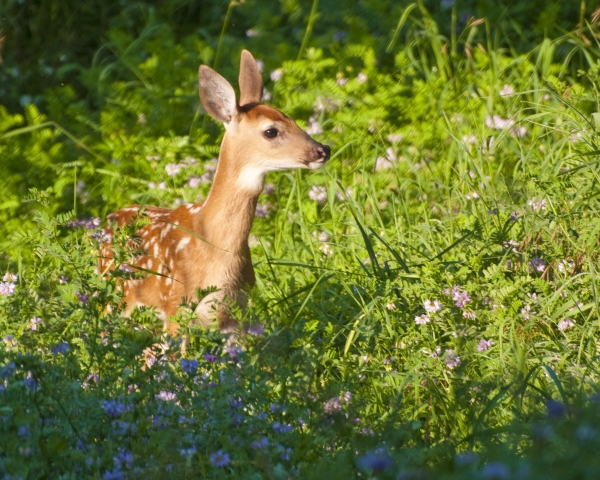
The refuge abuts the northeastern edge of the ‘Northern Maine Forest’, an expanse of land encompassing millions of acres of forestland in northern Maine. The area is well known for its abundance of boreal bird, mammal, reptile, amphibian and rare plant species. Boreal chickadees, spruce grouse, black-backed woodpeckers, blackburnian and bay breasted warblers, hermit thrush and many other migratory songbirds can be seen and heard in the forest of the refuge.
Waterfowl, ruffed grouse, American woodcock, northern goshawk and bald eagle are commonly observed. A variety of mammals such as moose, white-tailed deer, snowshoe hare, beaver, lynx, river otter, mink, ermine and coyote occur on the refuge.
The refuge maintains two wildlife viewing blinds and offers 13 miles of designated hiking trails for opportunities to observe wildlife. From the Refuge Headquarters visitors can access the Lima Trail, East Loring Trail, Durepo Loop Trail and the Beaver Pond Trail. The Swamp Road, Spruce Hill Trail, Powerline Trail, Loop Trail, Green Pond Trail and 13 Beaver Trail are accessed from the Chapman Trailhead off of the West Gate Road.
On the trails, you will discover the diversity of wildlife and the habitats they depend on through the different landscapes including streams, ponds, vernal pools, emergent marshes, shrub-lands, upland forests and grasslands.
Refuge staff, volunteers and partners provide viewing opportunities through bird walks, owl surveys, vernal pool walks, and woodcock surveys.
You can drive or walk along our three mile auto tour route, which offers open vista opportunities to observe a variety of species. You can pull over for viewing along the drive any time, but please remain in your car until you reach designated parking areas. The auto tour offers great birding and photography opportunities.



